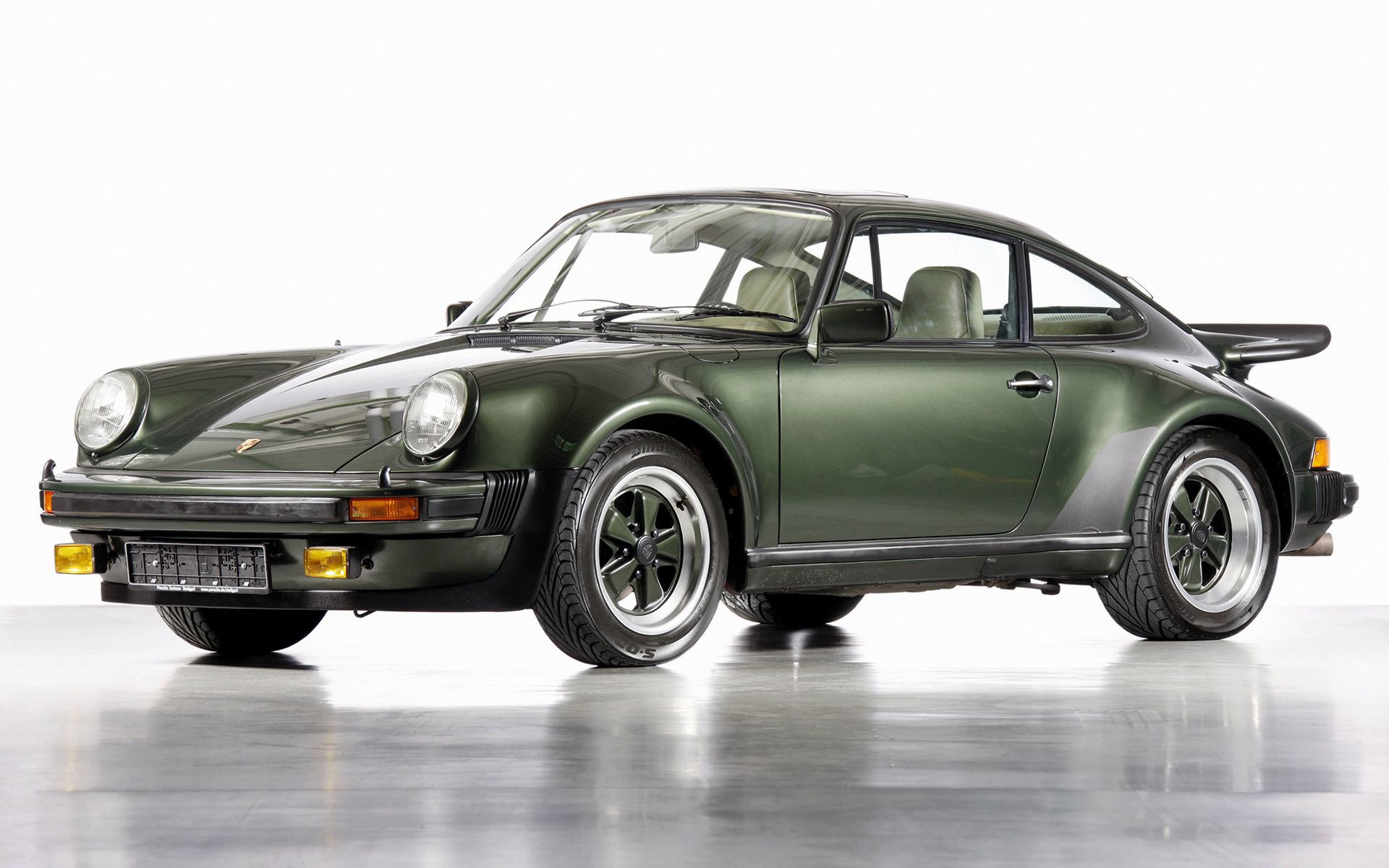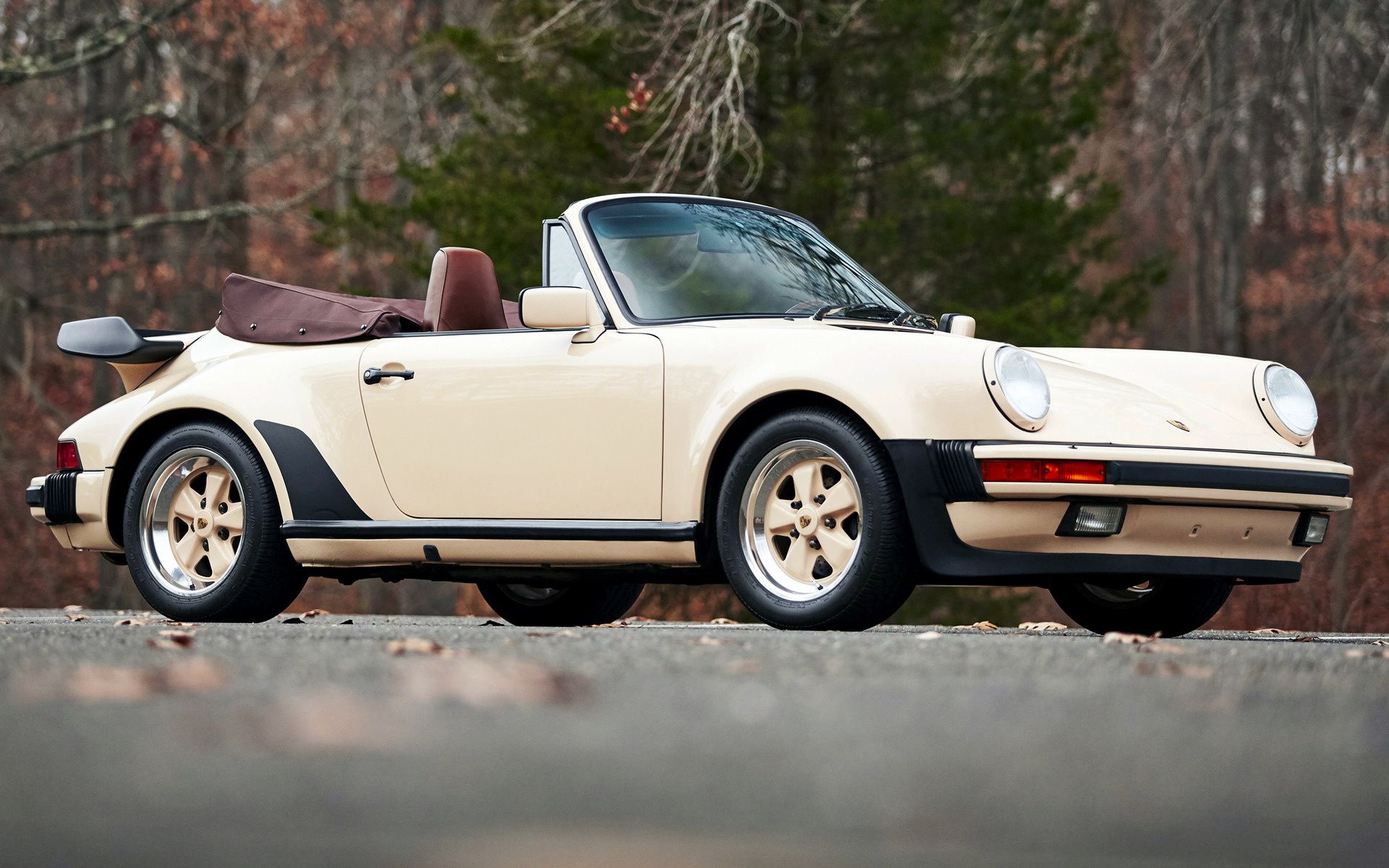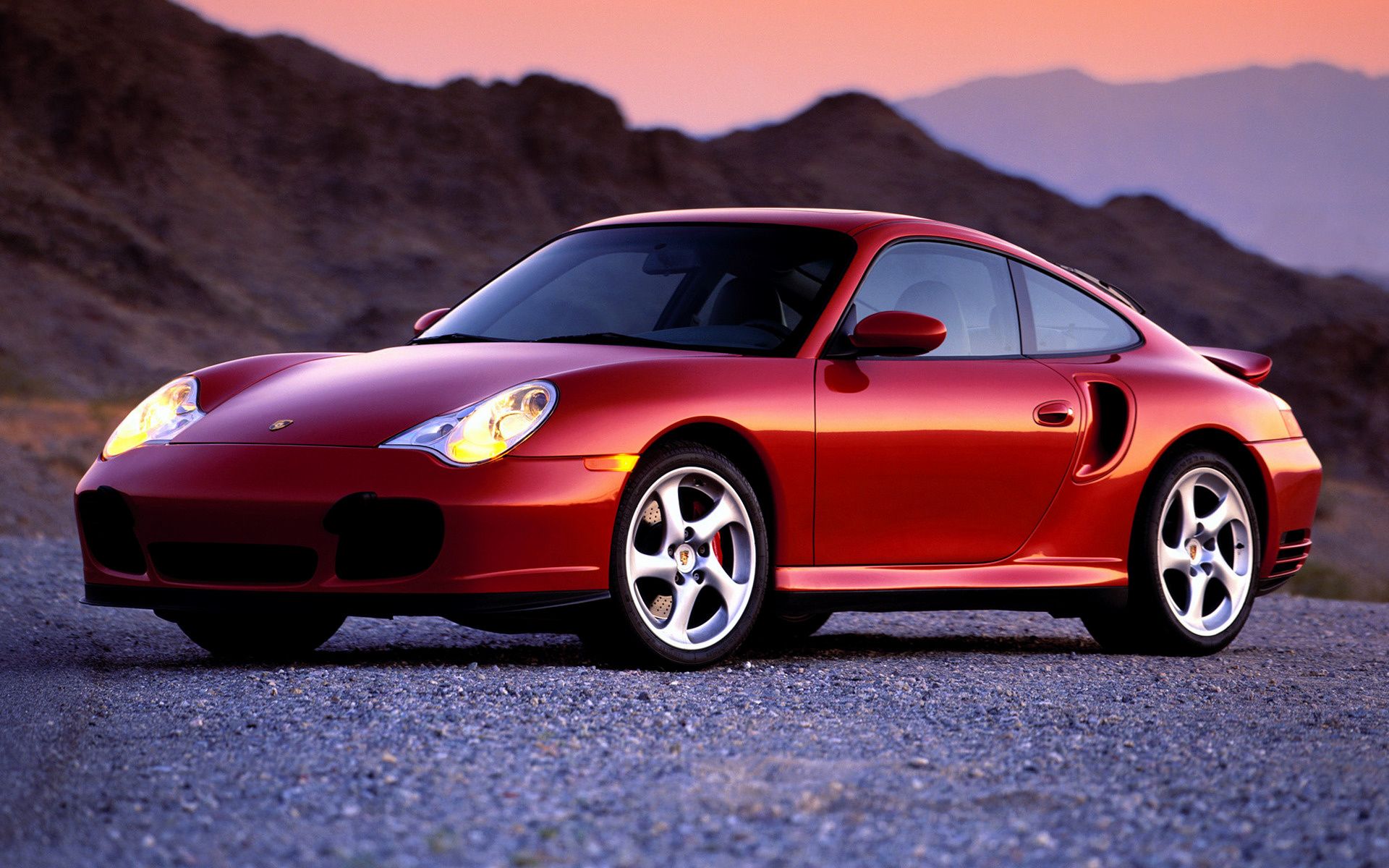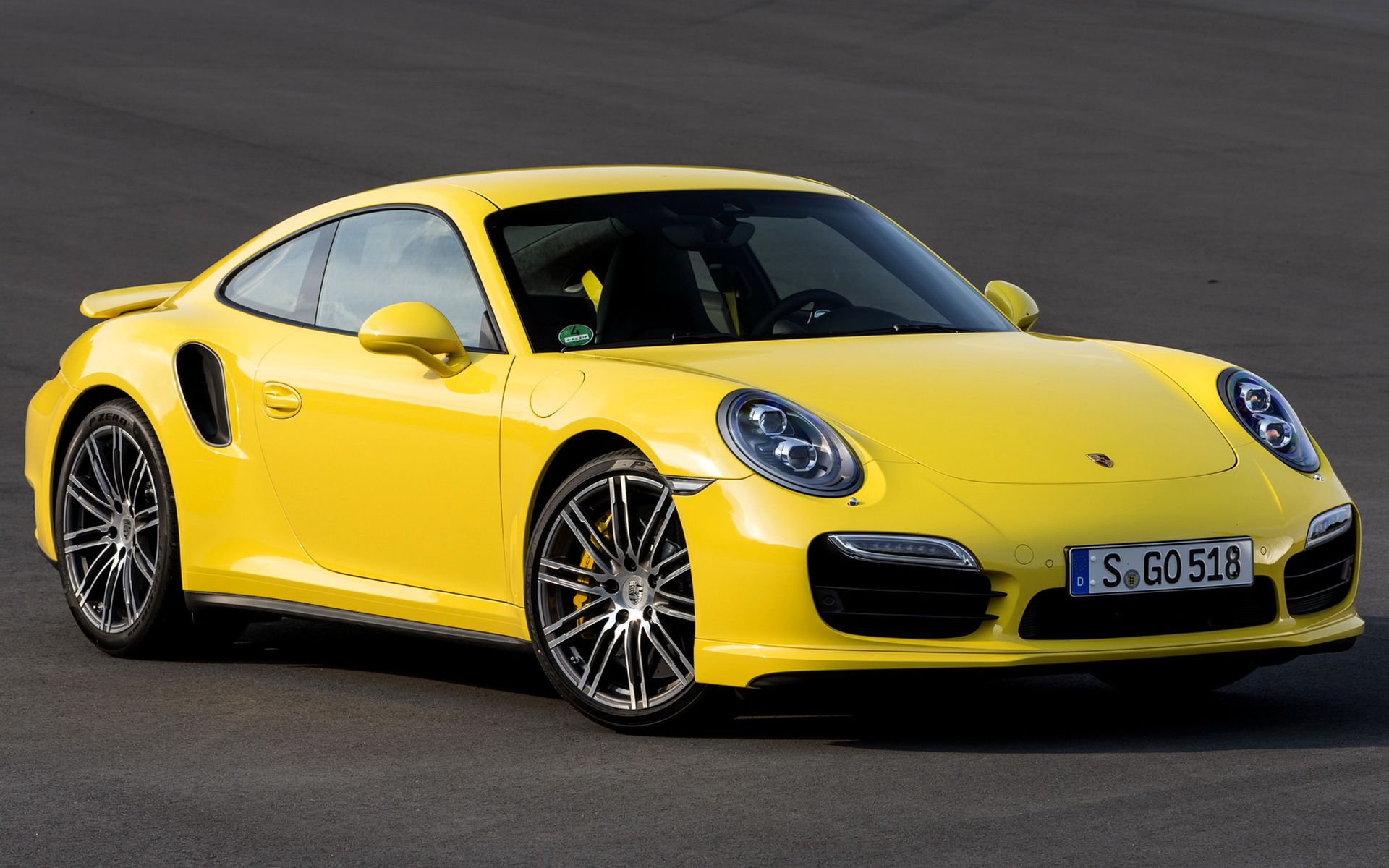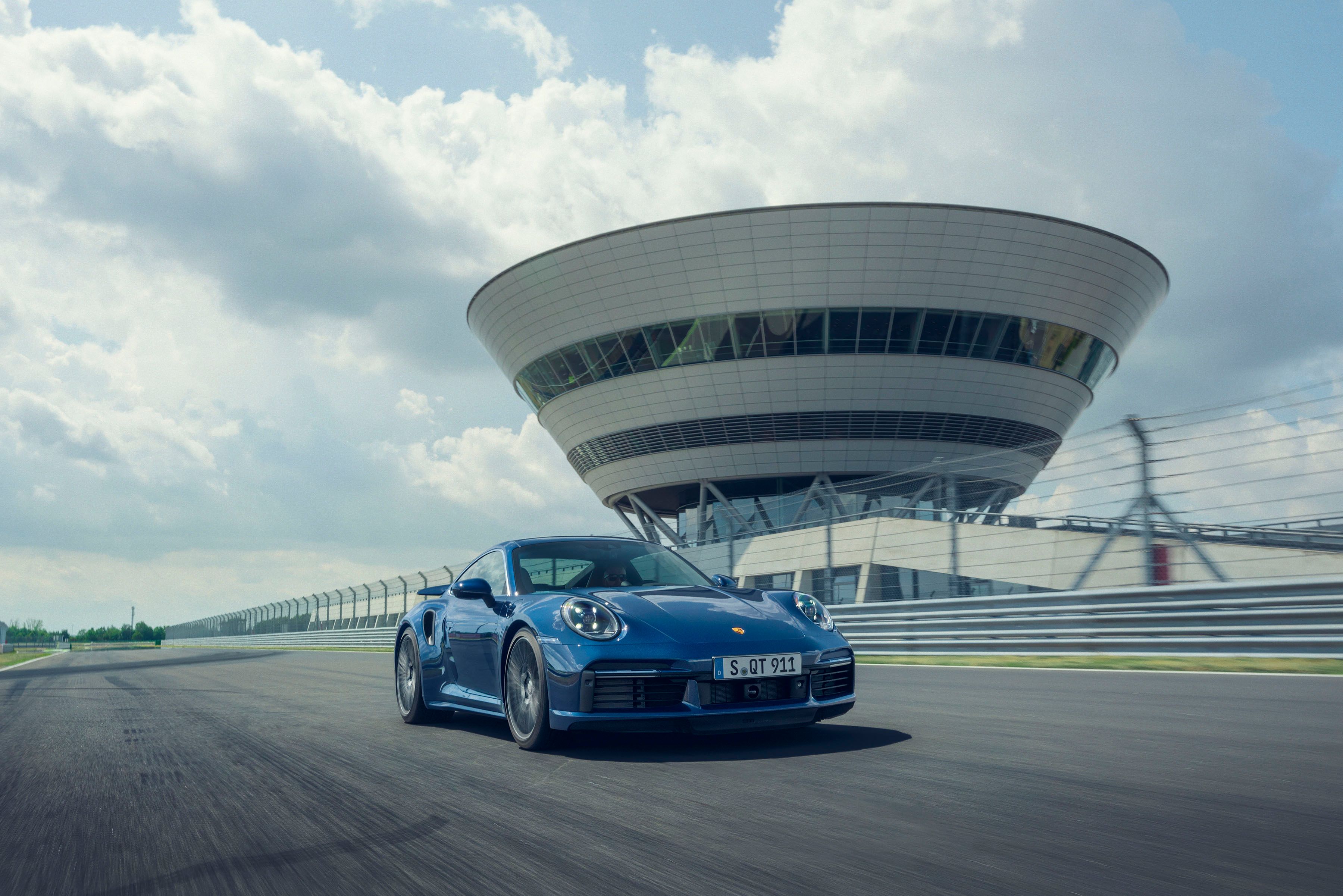Not so many cars have such a reputation that even complete newbies recognize them on the road — let alone remain successful throughout the entire run. It takes more than delivering an attractive design and solid specs to wow the public to such a degree. But Porsche made this endeavor seem easy with its 911 lineup.
The Porsche 911 is a magnificent sports car with a rich history that has drawn the eyes of gearheads since the '60s. What's more, it birthed one very special high-performance version we absolutely adore for many reasons.
The Porsche 911 Turbo is a lineup's flagship model that has remarkable power output, performance, and styling. It has been around for quite a while now — from the '70s more specifically — growing over the years to accommodate even better specs and attract even more sports car enthusiasts. Porsche will continue this trend in 2023, and we're super excited to see the new Porsche 911 Turbo hit the streets.
While we wait, let's explore the history of the Porsche 911 Turbo and see why this sports car rose to fame in the first place.
The Introduction Of The Porsche 911 Turbo: An Instant Market Hit That Will Last For Years
The Porsche 911 was already gaining momentum in the '70s, but the brand must not have been satisfied with that pace since it introduced an even higher-performing version — the Turbo. Unveiled at the Paris Motor Show in 1974, the Porsche 911 Turbo delivered an outstanding 260 horsepower and 255 lb-ft of torque, reaching a top speed of 155 mph and becoming the fastest road sports car in Germany.
But it was not just that the Porsche 911 Turbo had superb specs. Porsche actually made a bold move by introducing it to the public, which eventually earned it a few points. Back in the day, turbocharged engines were not so widely present in road cars. Because of the significant power output, people feared them having a shorter lifespan, higher throttle sensitivity, and inconsistent handling. However, engineers at Porsche managed to change the public's opinion.
By making a couple of (significant) adjustments to the turbocharged engine (such as a standard boost pressure control), Porsche reduced its drawbacks and made it more than suitable for the road. Sports car enthusiasts were practically waiting for this moment, and the sales of the Porsche 911 Turbo went up and beyond the initial plans. It was clear from this instant success that this car would have a successful run over many years.
A Brief Overview Of The Famous Porsche 911 Turbo Models
The first Porsche 911 Turbo came in 1975. Despite making an immediate sensation, the model was not without its drawbacks. That's why the 1977 production year came to fix the harsh handling with its improved 3.3-liter turbocharged flat-six engine. Well, and to boost the power output to 300 horsepower.
The Coupe body type also got Cabriolet and Targa siblings from 1987, and the specs continued to rise throughout the '80s and '90s. The Porsche 911 Turbo had no intentions to be subtle about its power or styling. In 1991, the power increased to 320 horsepower, only to jump to 408 ponies in 1995. Two decades after its introduction, the Porsche 911 Turbo was still outstandingly quick, reaching a 4.5-second acceleration from 0 to 60 mph.
The 2000s brought even more power to the Porsche 911 Turbo, alongside lower fuel consumption. This first water-cooled model was a big hit with its 420-horsepower output and enhanced modern styling. It made the competition look outdated and attracted even more fans.
But the 2010 Porsche 911 Turbo made an even bigger boom on the market with its stronger, faster, and more dynamic design. Delivering 500 horsepower through an engine designed from scratch and complimented with not one but two turbochargers, the Porsche 911 Turbo was as unique as it could be.
Finally, we come to recent history. In 2013, the 911 Turbo and the 911 Turbo S became the top models within the lineup with new aerodynamic improvements, body designs, and specs. The figures only continued to increase from 2015 until 2020, when the power output reached 580 horsepower.
The Bright Future Of The Porsche 911 Turbo
To sum things up, the Porsche 911 Turbo made a big instant hit on the market with its bold turbocharged engine. However, that was not the only driver of its success. Over the years, this stunning sports car expanded and maintained its popularity with constant improvements.
Porsche invested a lot of money and effort in its Porsche 911 Turbo and never failed to deliver an improved experience. That consistency in engineering allowed 911 Turbo to establish itself as a leader in its class. It has also made us believe the following models will only turn out better than the already exceptional past ones, so we expect the upcoming Porsche 911 Turbo with tremendous excitement.

-1.jpg)
